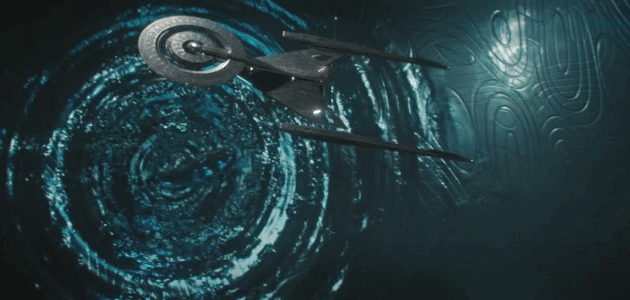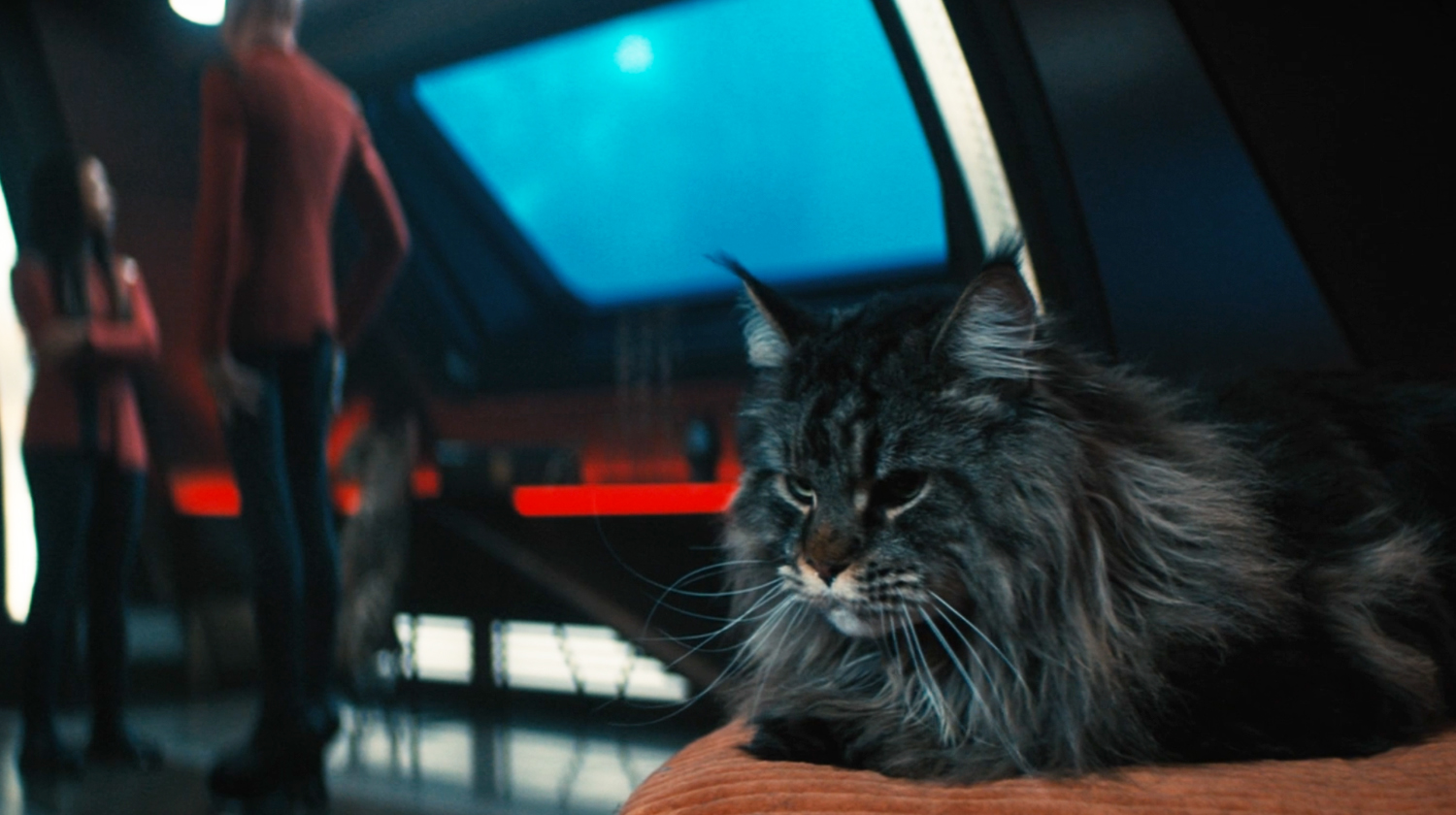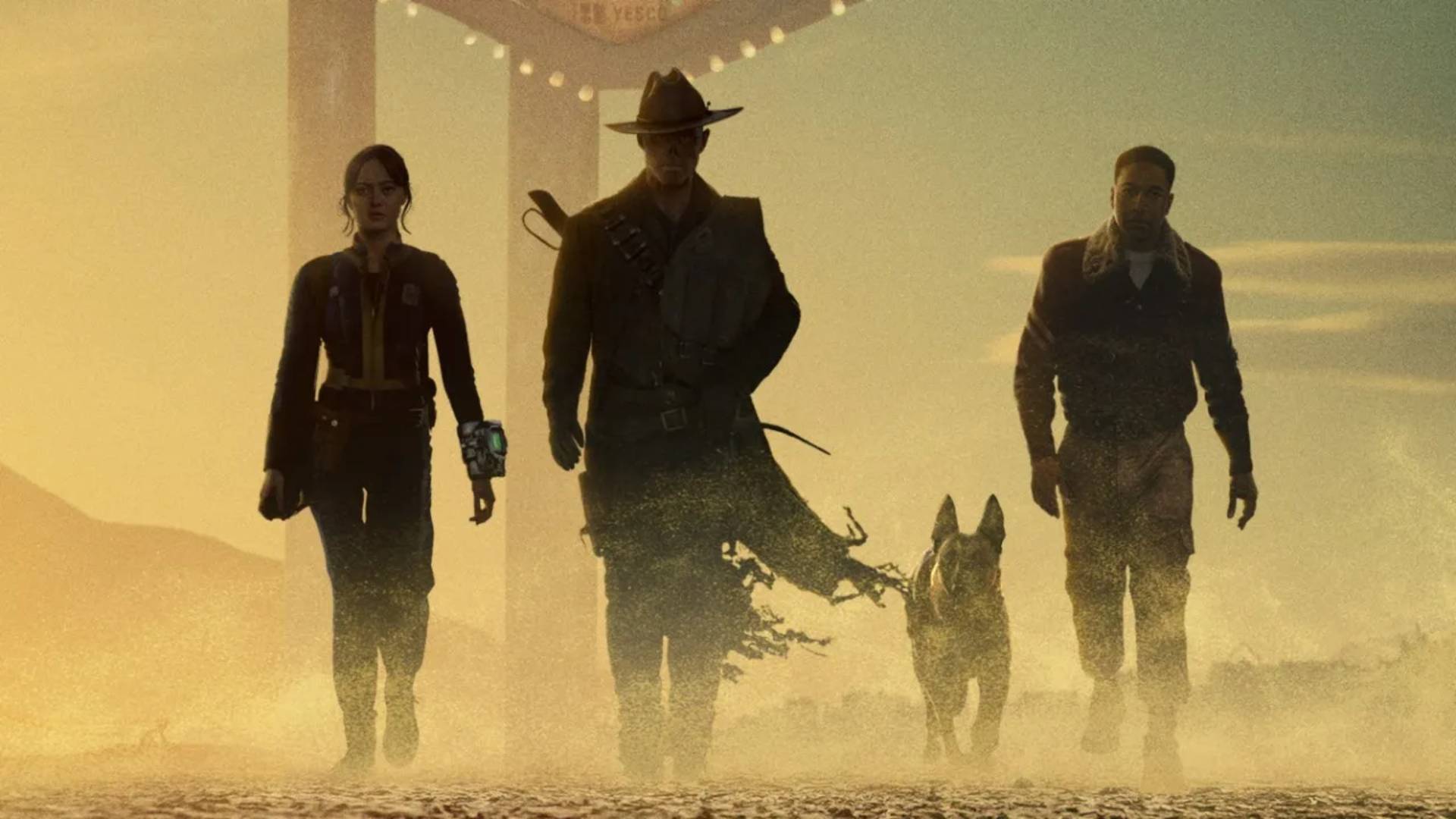'Star Trek: Discovery' season 4 inspired by 'Arrival' for 10-C first contact in penultimate episode 12
There's some great bits and some bits that could've been done better: A typical assessment of an average episode really

Warning: Spoilers ahead for "Star Trek: Discovery" season 4, episode 12
This is it. This is the penultimate episode of the fourth season of "Star Trek: Discovery" on Paramount Plus.
After this one…there's only one more and we pick up right where we left off last week. The USS Discovery approaches the hyperfield structure where it's assumed that species 10-C dwell. Lt. Joann Owosekun (Oyin Oladejo) remarks that it's 1.5 AUs (Astronomical Units) in diameter; that's 224.4 million kilometers, or 1.5 times the mean distance from the center of the earth to the center of the sun. But still Michael Burnham (Sonequa Martin-Green) et al have no way of communicating.
As Kovich (David Cronenberg) said just a few episodes ago, "Whatever we think we know about species 10-C, we're wrong. However we think first contact will go, it won't…" that is of course unless you've seen the movie "Arrival," but more about that later. The sound effects for the USS Discovery have been beefed up a bit, which is nice and there's a lovely close up montage of the bridge crew's eyes used effectively to convey the feeling of apprehension as they approach the hyperfield.
- Want to try Paramount Plus? Here's a free one-month trial
- Subscribe to Paramount Plus for $5.99/month
By analyzing the complex hydrocarbon structure of the samples collected on the planet last week, different compounds have been identified representing different emotional states. A plan is hatched to send out some DOT-23 robot drones carrying reproduced samples of hydrocarbons associated with the feeling of peace to the surface of the hyperfield.

If you need to catch up on "Star Trek: Discovery" so far, check out our Star Trek: Discovery streaming guide.
That species 10-C has been able to construct this, and the Dyson rings that we also saw last week, means that they are a level 2 species on the Kardashev scale, as mentioned by Dr. Hirai (Hiro Kanagawa). This is a classification system developed by Nikolai Kardashev, a Russian astrophysicist, for hypothetical extraterrestrial civilizations. The scale includes three categories based on how much energy a civilization is using. Type I is a "technological level close to the level presently attained on the Earth," type II is "a civilization capable of harnessing the energy radiated by its own star" and type III is "a civilization in possession of energy on the scale of its own galaxy."
The attempt at communication works and the drones and the USS Discovery are grabbed by a giant liquid tentacle and taken inside the hyperfield. Once inside, it's decided to beam their gathered sample of boronite outside as a gift, which proves successful and species 10-C initiate communications. From inside the shuttle bay, looking out — and without revealing their physical form — they send messages by way of chemical compounds and then a pattern of lights that indicates in what order the compound should be read. Then, by transmitting basic mathematical equations, a primer is found within the message that allows the rest of it to be decoded.
Breaking space news, the latest updates on rocket launches, skywatching events and more!
If all this sounds — and looks — a little bit familiar, then that's no surprise; they are leaves taken from both "Arrival," Denis Villeneuve's epic 2016 sci-fi movie starring Amy Adams and "Contact," the 1997 movie by Robert Zemeckis based on the novel by Carl Sagan. And therein lies the problem. It's less about the method of communication per sē, but more about how this set piece was filmed: Giant screen separating aliens and humans ✓ Gas-filled alien habitat ✓ Floaty giant aliens not yet revealing their physical form ✓ And so on.
You have to ask yourself if director Olatunde Osunsanmi or even writer Kyle Jarrow would wonder if perhaps they were sailing just a little bit too close to an existing IP. But if they did, clearly no one seemed to mind. Those scenes and those methods of mathematical-based messaging are reasonable and logical guesses about how communication might take place with an alien species, yes, but it's still possible to create original alternatives.
The problem is this time last season, we saw "Star Trek: Discovery's" own version of "Die Hard" in space and this week it's the turn of "Arrival." Thankfully however, unlike earlier instances where "Discovery" absolutely, positively crossed the line in terms of ripping off concepts from other movies ("The Running Man" and the afore-mentioned "Die Hard"), this walks the very fine line between homage and hijacking.
All the while, poor Cmdr. Jett Reno (Tig Notaro) is being held captive on Book's ship and what's nice is that we didn't need to actually see that happen. The last time we saw her, we thought she had both Book (David Ajala) and Ruon Tarka (Shawn Doyle) prisoner on the Discovery, but evidently, that plan backfired and the writing — in this instance — doesn't feel the need to patronize or spoon-feed the audience. In fact, while the Tarka element of the plot feels like an anchor, dragging behind this story arc, the interaction — and especially the dialogue — between Reno and Book this week is a definite highlight. She eventually begins get Book to see how blinded Tarka is with grief and as a result, his actions threaten the lives of everyone, including the aliens they're trying to make contact with.
He plans to plans to create an explosion to breach the hyperfield then destroy the DMA control device. That notion itself is nothing new and has been used before in "The Abyss" and even "Arrival" when a bomb is planted by US service personnel on the cephalopod's spacecraft in a fear-driven act of sabotage. So it's a race against time in several ways, as the season finale appears to be heading to a good old-fashioned Good v Evil climax. Much like last season.
Following a successful exchange, species 10-C sends a pod of sorts so, we assume, some kind of face-to-face interaction might occur. President Laira Rillak (Chelah Horsdal) volunteers to go and asks, Burnham, Saru (Doug Jones) and President T'Rina (Tara Rosling) to accompany her. General Ndoye (Phumzile Sitole) declines because she's secretly collaborating with Book and Tarka.
Before they embark, Burnham has a private moment with Saru in a scene that's stolen by Grudge the cat. Saru shares his yelling approach to keeping everything in perspective, shown to him by Tarka back in episode 5, "The Examples." And as any fan of felines will tell you, Grudge isn't going to like this…and in the time its taken to arrive at that conclusion, she's run off, out of shot and in a moment I'm willing to bet was improvised by Doug Jones, Saru makes light of this and the scene finally ends with a beautifully framed shot of Burnham, Saru…and Grudge.
Entering the pod, the team is whisked away to a hologram (?) reproduction of the Discovery's bridge — somewhere that is familiar to them. The process of communication continues and species 10-C asks what Tarka's isolytic weapon that destroyed the DMA was all about. A reply is formulated explaining that the DMA brings fear and destruction to the life in our galaxy, to which species 10-C replies with an indication of sadness and empathy. A breakthrough.
But just as the team is about to ask species 10-C to stop the DMA Tarka's plan is put into action. Zora has finally detected Book's cloaked ship and Tarka's overpowered Book and taken control. (Excellent use is made of Discovery's public address system as this final act unfolds.) Ndoye begins her part of the plan and activates a plasma discharge from the starboard warp nacelle. This ignites, blowing a hole in the hyperfield and allowing Book's ship to escape. Quite understandably, this apparent act of aggression upsets species 10-C and the away team is instantly transported back to the shuttlebay on Discovery. A desperate message is received from Reno, who's still captive, and tells Discovery of Tarka's plan, informing them his ship must be destroyed at all costs.
And as mindboggingly frustrating that ending is, it does make me want to see the season finale as soon as humanly possible. So, in that respect mission accomplished.
God dammit I am SO excited to see @may_wise in 'At the Wedding' at @LCTheater. I MEAN COME ON😍🤩😍 pic.twitter.com/S33wlO4f1WMarch 11, 2022
While the process to decipher the language of species 10-C might normally take days or weeks, thankfully the crew of the Discovery has Zora. And while that element of the story is greatly accelerated, it still works well. This episode is beautifully lit and photographed and the production values of "Discovery" have always been high. (Full use is also being made of the AR wall.) It's just some, and not all, but some of the writing lets it down. Occasional infractions in this vein could be overlooked, but "Discovery" is such a repeat offender that it’s hard to give it a pass.
In other Trek-related news, Mary Wiseman is set to appear in "At The Wedding" at the Lincoln Center Theater in New York City, off Broadway.
Rating: 6½/10
Season 4 of "Star Trek: Discovery" is available to watch now on Paramount Plus in the US and CTV Sci-Fi or Crave TV in Canada. Countries outside of North America can watch on the Pluto TV Sci-Fi channel. Season 2 of "Star Trek: Picard" is also currently airing and the premiere season of "Strange New Worlds" begins on May 5.
Follow Scott Snowden on Twitter. Follow us on Twitter @Spacedotcom and on Facebook.

When Scott's application to the NASA astronaut training program was turned down, he was naturally upset...as any 6-year-old boy would be. He chose instead to write as much as he possibly could about science, technology and space exploration. He graduated from The University of Coventry and received his training on Fleet Street in London. He still hopes to be the first journalist in space.




